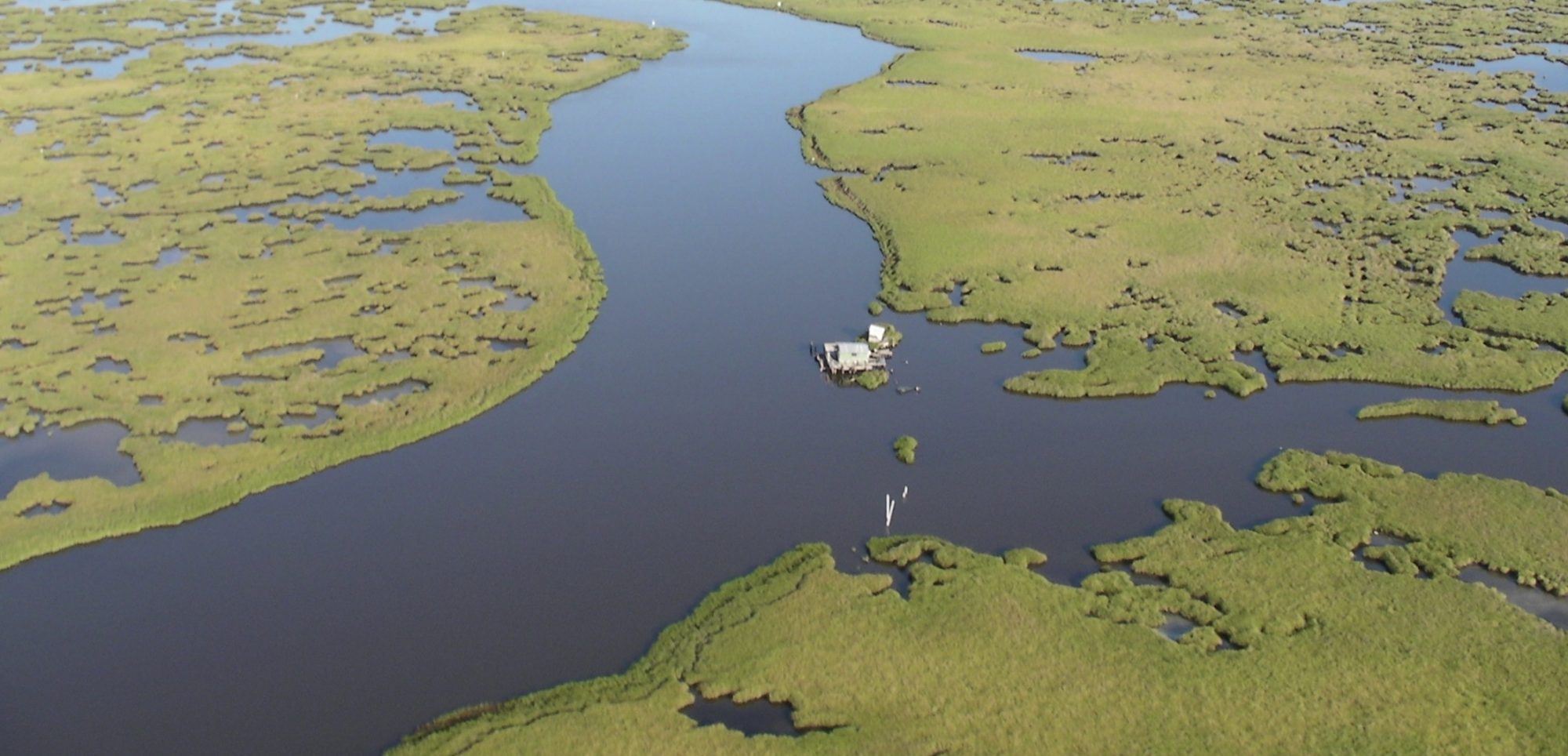
M.S. Candidate, Utah State University
2020 Field Travel Grant Type 2
Seed-based restoration of Great Salt Lake wetlands: disentangling native plant diversity and density effects
One of the greatest threats to North American wetlands, including wetlands of the Great Salt Lake, Utah, is the invasive, non-native grass Phragmites australis (hereafter, Phragmites). Phragmites invades wetlands, takes over native plant communities, and forms monotypic stands that extend for hundreds to thousands of hectares, making wetlands uninhabitable for many wildlife species and humans (e.g. birdwatchers, hunters). Controlling Phragmites and restoring a mosaic of native wetland plant communities is crucial to maintaining quality habitat for wildlife and other significant ecosystem services in the western U.S. A key component of wetland restoration is active revegetation to recover diverse native plant communities that historically supported ecosystem functions and services. However, in wetlands, well-tested restoration seeding practices are scarce due to a historical reliance on passive recovery from the seedbank. In wetland restoration, managers lack empirically-evaluated best practices for the identification of species to include in restoration seed mixes, sowing densities, and environmental conditions needed to establish robust native plant communities with high native plant cover. My M.S. research aims to close this knowledge gap through the investigation of the interactive effects of seed mix diversity, sowing density, and environmental conditions on native plant community establishment in wetlands.
